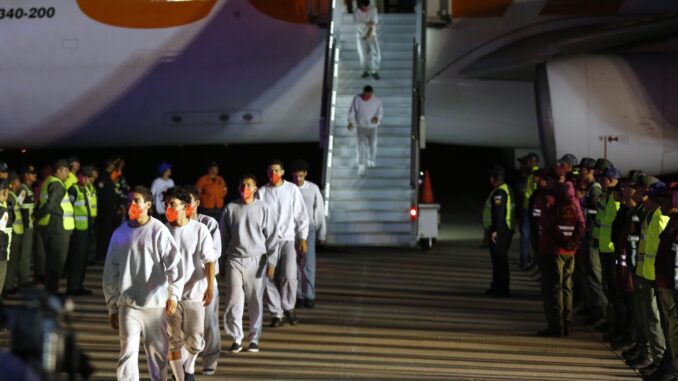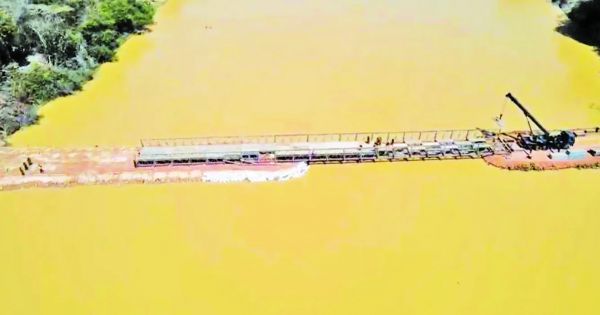
“Tensions Escalate Over Essequibo Region as Venezuela Compl…The longstanding territorial dispute between Venezuela and Guyana over the Essequibo region has resurfaced following Venezuela’s completion of a bridge connecting its mainland to a military base on the contested Ankoko Island. This development has heightened tensions and drawn international attention to the historical and geopolitical complexities of the area.
Historical Context of the Essequibo Dispute
The origins of the Guyana-Venezuela territorial dispute trace back to the colonial era. In 1814, Britain acquired the territory of British Guiana, encompassing the Essequibo region. Venezuela has long claimed this area, asserting that the 1899 Paris Arbitral Award, which delineated the boundary, unjustly favored British interests. This contention has persisted, with Venezuela renewing its claims periodically, leading to ongoing diplomatic friction between the two nations.
Recent Escalations and the Ankoko Island Bridge
In December 2024, Venezuela’s armed forces completed a bridge linking their mainland to the eastern side of Ankoko Island, a territory divided by the border but claimed in its entirety by both countries. Guyana’s government formally protested this action, stating that the bridge facilitates access to a Venezuelan military base established on the island, which Guyana considers a violation of its sovereignty.

Guyana’s Foreign Minister, Hugh Todd, summoned Venezuelan Ambassador Amador Perez Silva to express the nation’s concerns, emphasizing that the construction exacerbates the decades-old border dispute. The island, inhabited primarily by gold miners and military personnel, has been a focal point of contention, with both nations asserting ownership.
International Reactions and Geopolitical Implications
The international community has closely monitored the escalating tensions. The United States, among others, has expressed support for Guyana’s sovereignty, underscoring the importance of resolving disputes through peaceful and legal means. Brazil has also shown concern, with President Lula da Silva urging Venezuela to avoid force or threats against Guyana, reflecting the broader regional implications of the dispute.
Economic Stakes: Oil Discoveries in the Essequibo Region
The discovery of significant oil and gas reserves off the coast of the Essequibo region has intensified the dispute. Since 2015, these findings have attracted global investors and transformed Guyana’s economic landscape, elevating the strategic importance of the territory. The potential wealth from these resources adds complexity to the territorial claims, with both nations eyeing the economic benefits associated with the region.
Legal Proceedings and the Role of the International Court of Justice (ICJ)
In response to Venezuela’s actions, Guyana has sought intervention from the International Court of Justice (ICJ) to affirm the validity of the 1899 boundary award and to prevent further unilateral actions by Venezuela. The ICJ’s involvement aims to provide a legal resolution to the dispute, though Venezuela has historically challenged the court’s jurisdiction, complicating the path to a binding settlement.
Regional Diplomacy and Future Outlook
Efforts by regional organizations, such as the Caribbean Community (CARICOM), have been directed toward facilitating dialogue between the two nations. In December 2023, a summit mediated by Caribbean leaders and the United Nations resulted in an agreement to resolve disputes peacefully. However, the recent bridge construction by Venezuela threatens to undermine these diplomatic efforts, highlighting the fragile nature of the situation.
The ongoing dispute over the Essequibo region remains a complex interplay of historical grievances, economic interests, and geopolitical strategies. The international community continues to advocate for a peaceful resolution grounded in legal frameworks, emphasizing the importance of stability and cooperation in the region
Leave a Reply